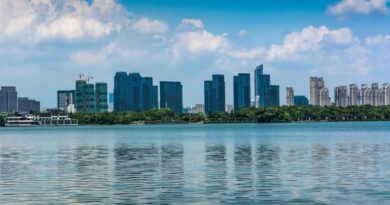world five longest rivers – Rivers, integral components of Earth’s hydrological cycle, play a vital role in shaping landscapes, fostering biodiversity, and sustaining human civilizations. Among these waterways, the world’s five longest rivers stand as iconic features, influencing the geographical, cultural, and economic tapestry of their respective regions. In this exploration, we delve into the extraordinary characteristics and significance of these mighty watercourses. From the historic Nile in Africa to the ecologically rich Amazon in South America, and the industrially crucial Yangtze in Asia, to the vast Mississippi-Missouri system in North America and the Siberian giant, Yenisei-Angara-Lena, each river weaves a unique narrative that reflects human history, ecological diversity, and the intricate interplay between nature and society. As we journey through these waterways, we uncover the profound impact they have on our planet’s ecosystems and civilizations, emphasizing the need for responsible stewardship in the face of environmental challenges.
world five longest rivers
Nile River (Africa)
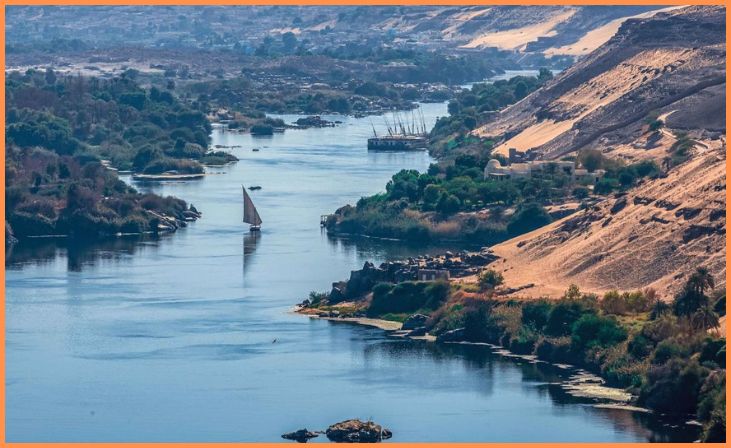
The Nile River, located in northeastern Africa, holds the title of the world’s longest river, spanning approximately 6,650 kilometers (4,130 miles). Originating from the highlands of East Africa, it flows northward through multiple countries, including Uganda, Sudan, and Egypt, before emptying into the Mediterranean Sea. The Nile has played a pivotal role in the development of ancient civilizations, particularly in Egypt, providing sustenance through its annual flooding and serving as a crucial transportation route. The river remains a vital resource for millions of people, supporting agriculture, wildlife, and human settlements along its course. Its significance extends beyond geographical boundaries, embodying historical, cultural, and economic importance for the diverse regions it traverses.
Also, Read – The Top 7 Most Remarkable Buildings Around the World
Amazon River (South America)
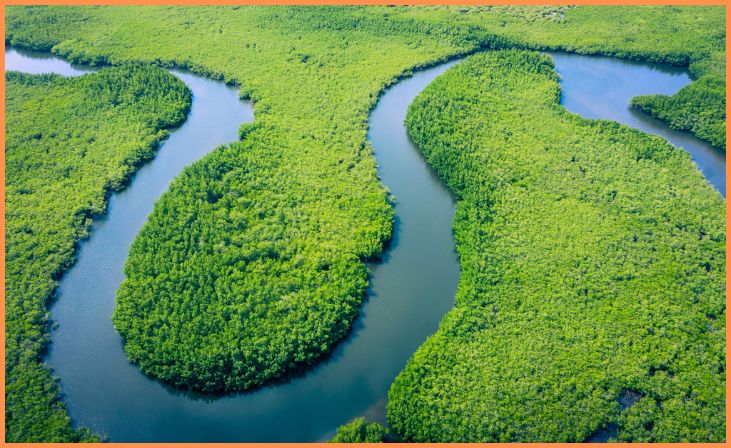
The Amazon River, situated in South America, is renowned as the world’s second-longest river, covering approximately 6,400 kilometers (3,976 miles). Flowing through Brazil, Peru, Colombia, and several other countries, the Amazon basin houses the largest rainforest on Earth. This colossal river system discharges an astounding volume of water into the Atlantic Ocean, contributing significantly to global biodiversity and climate regulation. Home to a rich array of plant and animal species, the Amazon Rainforest owes its ecological diversity to the nourishing waters of the river. The Amazon River plays a vital role in regional ecosystems, indigenous cultures, and the global carbon cycle, emphasizing its profound impact on the interconnected web of life in South America and beyond.
Yangtze River (China)
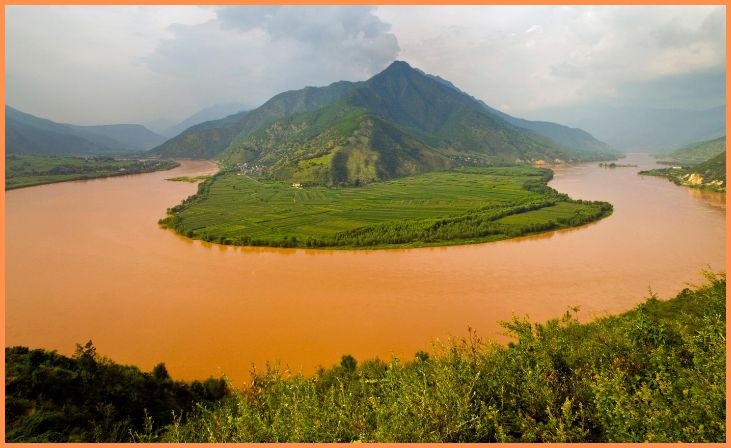
The Yangtze River, China’s principal waterway and the third-longest river globally, meanders over approximately 6,300 kilometers (3,917 miles). Originating from the Tibetan Plateau, it flows eastward, traversing diverse landscapes, including mountains, plateaus, and densely populated plains. The Yangtze holds immense cultural, historical, and economic significance, shaping the development of China for millennia. The river supports a vast population along its banks, facilitating agriculture, transportation, and hydroelectric power generation. Major cities such as Shanghai rely on its waters for commerce and industry. Despite human interventions, the Yangtze maintains ecological importance, harboring unique flora and fauna. Its course symbolizes the dynamic interplay between nature and human civilization in the heart of China.
Mississippi-Missouri River System (North America)
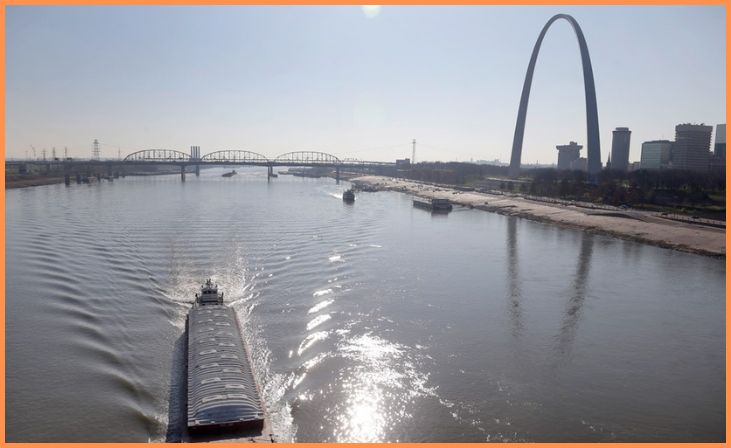
The Mississippi-Missouri River System, forming the fourth-longest river system globally, encompasses the Mississippi and Missouri rivers. The Mississippi River, about 6,275 kilometers (3,902 miles) long, serves as a vital watercourse in North America. Originating in Minnesota, it flows southward, collecting the Missouri River’s waters, which itself extends from the Rocky Mountains. This extensive river system plays a crucial role in the economic and cultural life of the United States. Historically significant, it facilitated exploration, trade, and settlement. The Mississippi-Missouri River System remains integral for transportation, agriculture, and industry, connecting diverse regions and fostering ecological diversity along its course.
Also, Read – 8 Best Pacific Northwest Luxury Resorts for an Unforgettable Stay
Yenisei-Angara-Irkutsk-Khatanga River System (Russia)

The Yenisei-Angara-Irkutsk-Khatanga River System in Russia comprises the Yenisei River and its key tributaries, including the Angara, Irkutsk, and Khatanga rivers. The Yenisei, Russia’s fifth-longest river, stretches over 5,539 kilometers (3,445 miles), originating in the Tuva region. Flowing northward through Siberia, it plays a pivotal role in the hydroelectric power generation, supporting major projects like the Sayano-Shushenskaya Dam. The Angara River, originating from Lake Baikal, is a significant contributor to the Yenisei. The Irkutsk and Khatanga rivers further enhance the system’s complexity. This river network is essential for the region’s ecology, providing habitat for diverse flora and fauna, and remains central to transportation and resource utilization in Siberia.
Conclusion
In conclusion, the world’s five longest rivers symbolize the interconnectedness of humanity and nature, embodying cultural heritage, sustaining ecosystems, and driving economic activities. As we appreciate their significance, it becomes imperative to recognize the ongoing challenges and prioritize conservation efforts. These mighty waterways underscore the collective responsibility to safeguard our planet’s lifelines, ensuring the longevity of their invaluable contributions to global well-being.
FAQs
The five longest rivers are the Nile, Amazon, Yangtze, Mississippi-Missouri, and the Yenisei-Angara-Lena river system.
The primary source of the Nile River is Lake Victoria in East Africa.
The Yangtze River is culturally significant in China, influencing traditions, folklore, and historical developments.






